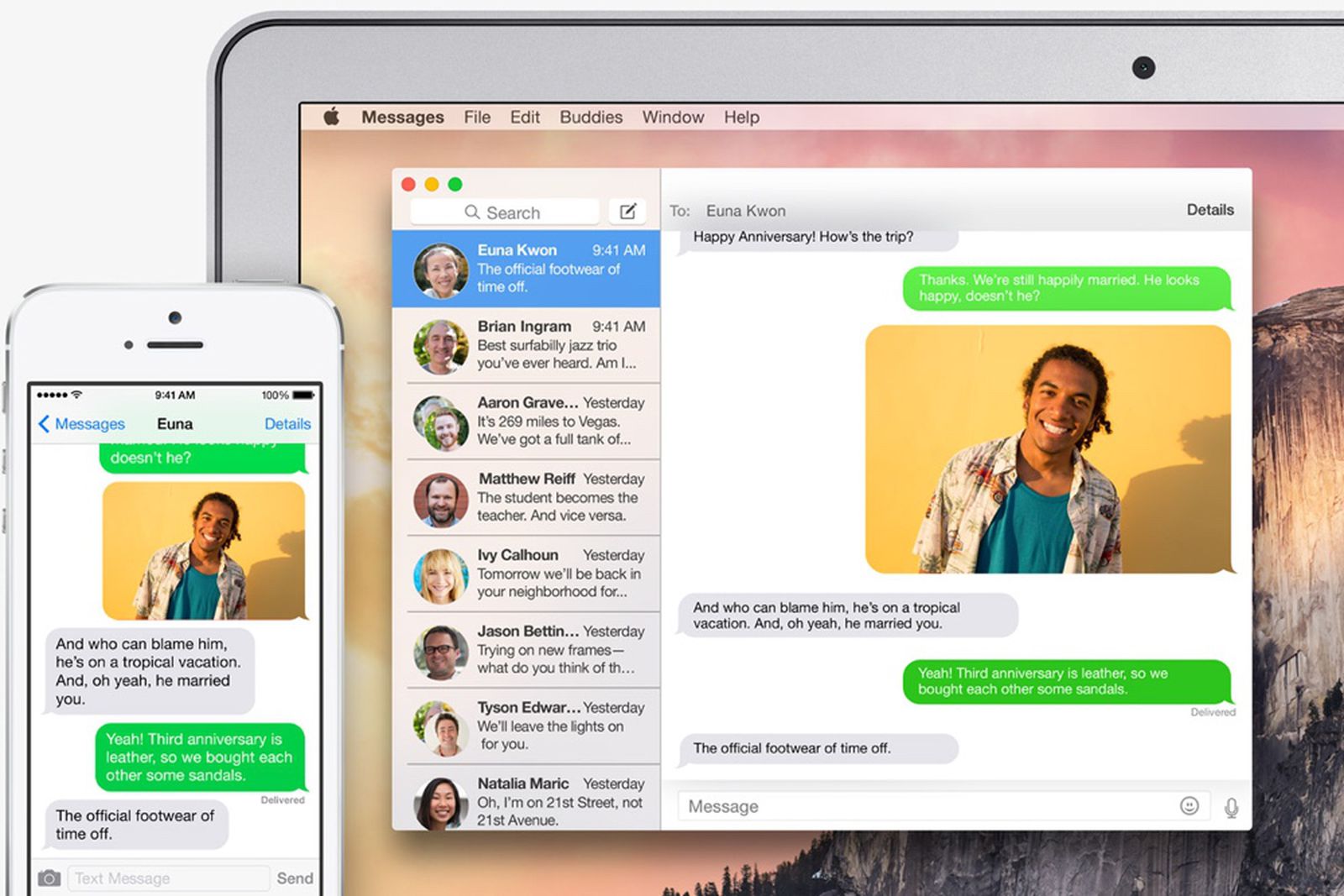

* Don't see the Text Message Forwarding setting on your iPhone? Go to Settings > Messages, turn off iMessage, turn it back on, tap Send & Receive, tap Use Your Apple ID for iMessage, then sign in with the same Apple ID used on your other devices. ICloud now keeps your entire messages history updated and available on all your devices - even when you set up a new device. Learn how to keep all your messages in iCloud. If you're not using two-factor authentication for your Apple ID, a verification code appears on each of your other devices: enter that code on your iPhone.Īs long as your iPhone is turned on and connected to Wi-Fi or a cellular network, new SMS/MMS texts can be sent and received on the devices that you added. Choose which devices can send and receive text messages from your iPhone.Tap that, then enter your Apple ID and password. You’ll then see something that says Use your Apple ID for iMessage. If Use your Apple ID for iMessage pops up, tap it and sign in with the Apple ID you use on the Apple devices you want to sync with. Make sure iMessage is toggled on (it may take a moment to activate).

If it’s already on, but you’re not getting text messages onto your Mac, switch it off. Heres how to adjust iPhone Settings so you can sync messages from iPhone to Mac and iPhone to iPad. On your iPhone, go to Settings > Messages > Text Message Forwarding.* Step 1: On your iPhone, go to Settings, then Messages.On your Mac, open Messages, choose Messages > Preferences, then click iMessage. Make sure that you're signed in to iMessage with the same Apple ID on all your devices. On your iPhone, iPad, or iPod touch, go to Settings > Messages > Send & Receive.


 0 kommentar(er)
0 kommentar(er)
